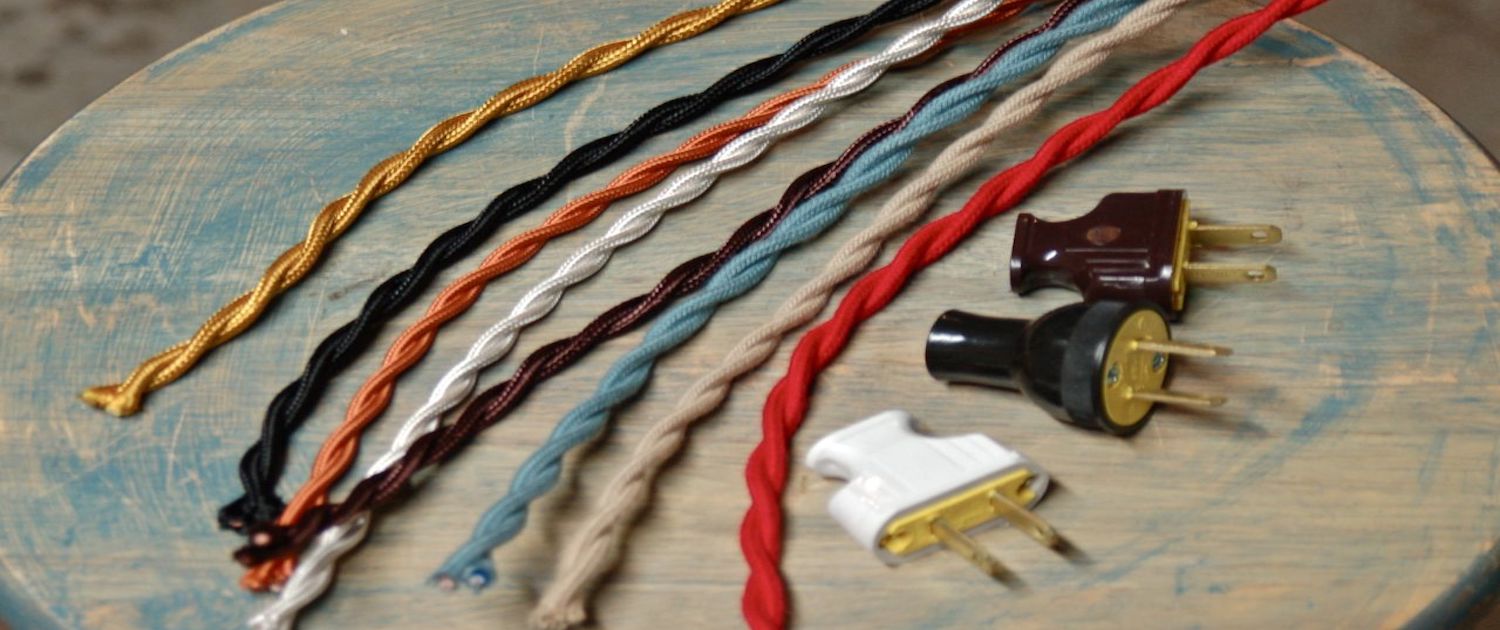

Articles
What Are Cloth Covered Electrical Cords
Modified: October 19, 2024
Discover the history of cloth covered electrical cords and learn about the years when they were commonly used. Explore our informative articles on vintage electrical cords and their designs.
(Many of the links in this article redirect to a specific reviewed product. Your purchase of these products through affiliate links helps to generate commission for Storables.com, at no extra cost. Learn more)
Introduction
Cloth-covered electrical cords have a fascinating history rooted in the development of electricity and the invention of the light bulb. These cords were commonly used in the early 20th century and brought a touch of style and safety to electrical appliances. Today, they are experiencing a resurgence in popularity due to their vintage aesthetic and nostalgic appeal.
In this article, we will take a closer look at cloth covered electrical cords, exploring their historical significance, common materials used, advantages and disadvantages, safety considerations, and modern alternatives. By the end, you’ll have a comprehensive understanding of this unique type of electrical cord and why it continues to captivate homeowners and enthusiasts alike.
Key Takeaways:
- Embrace vintage charm with cloth covered electrical cords, offering a unique blend of style, flexibility, and durability for a nostalgic touch in your living spaces.
- Prioritize safety and functionality when choosing between cloth covered cords and modern alternatives, ensuring a balance of aesthetic appeal and practicality in your electrical installations.
Read more: How To Cover Electrical Cord On Floor
Overview of Cloth Covered Electrical Cords
Cloth-covered electrical cords, as the name suggests, are electrical cords that are encased in a fabric covering. Unlike modern plastic or rubber cords, cloth covered cords have a vintage charm and can add a touch of nostalgia to any space. They are commonly used for lamps, light fixtures, and vintage appliances.
One of the key features of cloth covered electrical cords is their aesthetic appeal. With a wide range of colors and patterns available, they allow homeowners to customize the look of their electrical appliances and complement their interior design. From bold stripes to delicate floral prints, cloth covered cords offer endless possibilities for adding a unique style element to a room.
Furthermore, cloth covered electrical cords are known for their flexibility and durability. The cloth covering provides an extra layer of protection, making them more resistant to wear and tear compared to their plastic counterparts. In addition, the textile insulation offers a softer and more pliable feel, making the cords easier to handle and position.
It’s important to note that while cloth covered cords are visually appealing, they may require more care and maintenance compared to modern cords. The fabric covering can attract dust and dirt, which may need to be cleaned periodically to maintain their appearance and prevent potential hazards.
Overall, cloth covered electrical cords offer a unique combination of style, flexibility, and durability, making them a popular choice among enthusiasts and homeowners who appreciate the vintage aesthetic and want to add a touch of nostalgia to their living spaces.
Historical Use of Cloth Covered Electrical Cords
Cloth covered electrical cords have a rich history dating back to the early days of electricity. In the late 19th and early 20th centuries, as electricity became more widely available and the demand for electrical appliances grew, cloth covered cords were commonly used to connect and power various devices.
Initially, cloth covered cords were primarily used in the industrial and manufacturing sectors due to their durability and resistance to wear. However, they soon found their way into residential and commercial applications as well, particularly with the rise of electric lighting and household appliances.
During this time period, cloth covered cords provided an important safety feature. Unlike bare wires, which were prone to damage and exposed electrical shocks, the fabric insulation of cloth covered cords offered an added layer of protection. This made them ideal for delicate devices like lamps and light fixtures in homes and businesses.
Cloth covered cords also played a significant role in the development and deployment of electric lamps. At the dawn of electric lighting, cloth covered cords were used to connect the bulb to the power source, ensuring a safe and reliable connection. These cords were often seen in early table lamps, floor lamps, and pendant lights, becoming an integral part of the overall design.
Additionally, cloth covered cords were popular among early electrical appliance manufacturers. From toasters and radios to fans and sewing machines, many of these devices featured cloth covered cords as a stylish and functional element. The cords added an air of sophistication to the appliances and were often color-coordinated with the device’s exterior.
With the introduction of more advanced electrical wiring technologies in the mid-20th century, cloth covered cords gradually fell out of favor in favor of more efficient and cost-effective alternatives. However, in recent years, there has been a resurgence of interest in vintage and retro designs, leading to a renewed appreciation for cloth covered cords and their historical significance.
Today, cloth covered electrical cords are experiencing a revival, not only among collectors and enthusiasts but also in interior design. Their unique charm and vintage appeal make them a popular choice for those seeking to evoke a sense of nostalgia and add a touch of character to their living spaces.
Common Materials Used in Cloth Covered Electrical Cords
Cloth covered electrical cords are made using a variety of materials that provide both aesthetic appeal and functional durability. The choice of materials can significantly impact the overall look and performance of the cord. Here are some commonly used materials in cloth covered electrical cords:
- Cotton: Cotton is one of the most popular materials used for cloth covered cords. It is lightweight, flexible, and has excellent insulating properties. Cotton cords are often braided or twisted, providing a classic and timeless look. They come in a wide range of colors and patterns, making them versatile for various interior design styles.
- Linen: Linen is another natural material commonly used in cloth covered cords. Linen cords offer a more textured and rustic appearance compared to cotton. They can bring a vintage and earthy feel to any space. Linen cords are known for their durability and resistance to heat, making them suitable for both indoor and outdoor applications.
- Rayon: Rayon is a semi-synthetic material often used as an alternative to silk. Rayon cords have a silky and shiny finish and can mimic the look of higher-end fabrics. They are lightweight, flexible, and suitable for a wide range of applications. Rayon cords come in various colors and can add a touch of elegance to any room.
- Silk: Silk was historically used in cloth covered cords due to its luxurious appearance and soft texture. Silk cords are less common today due to their higher cost and delicate nature. However, they are still sought after for their premium look and feel. Silk cords can be found in upscale lighting fixtures and decorative pieces.
- Polyester: Polyester is a synthetic material that offers durability and resistance to fading or fraying. Polyester cords are often used in outdoor lighting applications, as they are weather-resistant and can withstand exposure to the elements. They come in a wide variety of colors and patterns, allowing for customization and versatility in design.
It’s important to note that while these materials offer different characteristics and aesthetics, they all provide adequate insulation for electrical conductors. Cloth covered cords made from these materials are designed to meet safety standards and provide a visually pleasing alternative to traditional plastic or rubber cords.
When choosing a cloth covered electrical cord, consider the specific needs of your project, the desired style, and the environment in which the cord will be used. This will help you select the most suitable material for your application, ensuring both functionality and visual appeal.
Advantages and Disadvantages of Cloth Covered Electrical Cords
Cloth covered electrical cords offer a unique aesthetic charm and vintage appeal, but it’s important to consider both the advantages and disadvantages before choosing them for your project. Here are some of the key advantages and disadvantages of cloth covered cords:
Read also: 14 Best Cloth Electrical Cord for 2025
Advantages:
- Visual Appeal: One of the main advantages of cloth covered cords is their aesthetic appeal. They bring a touch of nostalgia and style to any space, adding a unique decorative element to lamps, light fixtures, and other electrical appliances. With a wide range of colors, patterns, and textures available, cloth covered cords allow for customization and personalization, enhancing the overall interior design.
- Durability and Flexibility: Cloth covered cords are known for their durability and flexibility. The fabric insulation provides an extra layer of protection, making them more resistant to wear and tear compared to plastic or rubber cords. They are also easier to handle and position due to their softer and more pliable nature.
- Nostalgic Charm: Cloth covered cords evoke a sense of nostalgia and can create a vintage ambiance in a room. They provide a connection to the past and can enhance a retro or period-inspired interior design theme.
- Environmentally-Friendly: Cloth covered cords are often considered more environmentally-friendly compared to their plastic counterparts. They are typically made from natural or semi-synthetic materials, reducing the reliance on non-renewable resources.
Disadvantages:
- Maintenance: Cloth covered cords require regular maintenance to keep them clean and free from dust and debris. The fabric covering can attract dirt, which may need to be periodically cleaned to maintain the appearance and prevent potential hazards.
- Fire Hazard: Although cloth covered cords offer some level of insulation, they are not as fire-resistant as modern plastic or rubber cords. It is important to handle cloth covered cords with care, avoiding overloading or exposing them to excessive heat to minimize the risk of fire hazards.
- Cost: Cloth covered cords are generally more expensive compared to plastic or rubber cords. The use of higher-quality materials and the intricate manufacturing process contribute to their higher price point. However, the unique aesthetic they provide may outweigh the additional cost for those seeking a specific vintage or nostalgic look.
Considering the advantages and disadvantages, cloth covered cords are a popular choice for those who appreciate their vintage charm and are willing to invest in their maintenance. They can add a unique touch of style and personality to any space, creating a warm and nostalgic atmosphere.
Safety Considerations and Regulations
While cloth covered electrical cords can bring style and charm to your living spaces, it is important to be aware of safety considerations and regulations to ensure the safe operation of your electrical appliances. Here are some key aspects to consider:
Insulation and Electrical Safety:
When using cloth covered cords, it is crucial to ensure that the wiring inside the cord is properly insulated. The fabric covering provides some level of insulation, but the internal wiring needs to be in good condition to prevent electrical hazards, such as short circuits or electrical shocks. Regularly inspect the cords for any signs of damage, fraying, or exposed wires, and replace them if necessary.
Proper Ampacity:
It is important to use cloth covered cords with an appropriate ampacity or current carrying capacity for the electrical load they will be used with. Overloading a cord with excessive current can lead to overheating and pose a fire hazard. Always refer to the manufacturer’s specifications for recommended ampacity and use cords that are rated for the intended purpose.
Fire Safety:
Cloth covered cords, although aesthetically pleasing, are not as fire-resistant as modern plastic or rubber cords. Therefore, it is important to take extra precautions to minimize the risk of fire hazards. Avoid overloading the cords with too many electrical devices, keep them away from flammable materials, and do not leave them in contact with heat sources, such as radiators or stoves.
Safety Standards and Regulations:
When purchasing cloth covered electrical cords, ensure that they comply with applicable safety standards and regulations. In many countries, there are specific standards that the cords must meet to ensure their safety and functionality. Look for certifications and labels indicating compliance with safety standards, such as UL (Underwriters Laboratories) or CSA (Canadian Standards Association), to ensure peace of mind.
Professional Installation:
If you are not confident in your electrical wiring skills, it is advisable to seek professional assistance for the installation of cloth covered cords. Electricians have the knowledge and experience necessary to ensure proper installation, minimize risks, and comply with electrical codes and regulations.
Always prioritize safety when using cloth covered electrical cords. Regularly inspect and maintain the cords, use them responsibly, and follow the recommended guidelines for their safe operation.
Remember, while cloth covered cords may add an element of vintage charm to your space, safety should never be compromised. By being mindful and observant, you can enjoy the aesthetic appeal of cloth covered cords while keeping your living spaces safe.
Modern Alternatives to Cloth Covered Electrical Cords
While cloth covered electrical cords have a distinctive vintage appeal, there are several modern alternatives available that offer enhanced functionality and improved safety features. Here are some popular alternatives to consider:
Rubberized Cords:
Rubberized cords are a common modern alternative to cloth covered cords. These cords are made of PVC (polyvinyl chloride) or other types of rubber materials. They offer excellent durability, flexibility, and resistance to wear and tear. Rubberized cords are widely used in outdoor electrical applications and are suitable for heavy-duty use.
Vinyl Cords:
Vinyl cords are another popular alternative to cloth covered cords. They are made of PVC or polyurethane materials, which provide a high level of flexibility and insulation. Vinyl cords are resistant to moisture, chemicals, and abrasion, making them suitable for various indoor and outdoor applications.
Nylon Braided Cords:
Nylon braided cords combine the durability of modern materials with a vintage-style appearance. These cords feature a braided nylon outer covering, providing increased strength and protection. Nylon braided cords are often used in electronic devices, charging cables, and computer accessories.
Tangle-Free Cords:
Tangle-free cords are designed to minimize knots and tangling. They often feature a flat or round shape and a smooth, low-friction outer layer. These cords are a practical choice for devices that require frequent unplugging and plugging, such as headphones, chargers, and power strips.
Flat Extension Cords:
Flat extension cords offer a sleek and compact alternative to traditional round cords. These cords have a flat, tape-like design that allows them to be easily hidden under carpets or rugs. Flat extension cords are ideal for situations where space is limited or when aesthetics play a significant role.
Retractable Cords:
Retractable cords are a convenient solution for managing cord length and storage. They feature a built-in mechanism that allows the cord to retract or extend as needed. Retractable cords are commonly used in appliances like vacuum cleaners, power tools, and hairdryers.
When considering modern alternatives to cloth covered cords, it is essential to prioritize safety, durability, and functionality. Opt for cords that meet industry standards and regulations, and choose materials that will withstand the demands of your intended use.
While modern alternatives may lack the vintage charm of cloth covered cords, they provide improved safety features, increased resilience, and compatibility with contemporary electrical devices. It’s important to select the right cord for your specific needs and ensure it aligns with your aesthetic preferences and functional requirements.
Conclusion
Cloth covered electrical cords offer a delightful blend of vintage charm, aesthetic appeal, and functional durability. They have a rich history and have played a significant role in early electricity and the development of electrical appliances. While modern alternatives provide enhanced safety features and functionality, cloth covered cords continue to captivate homeowners and enthusiasts who appreciate their unique style and nostalgic allure.
When using cloth covered cords, it is important to prioritize safety and adhere to electrical regulations and standards. Regular maintenance and inspection of the cords are crucial for ensuring their safe operation. Additionally, considering the specific needs of your project, such as ampacity and environmental conditions, will help in choosing the appropriate cloth covered cord for the task.
While cloth covered cords require more care and attention compared to modern alternatives, they offer advantages such as superior flexibility, visual customization, and the ability to evoke a sense of nostalgia. These cords allow homeowners to add a touch of character and style to their living spaces, creating a warm and inviting ambiance.
Furthermore, modern alternatives, such as rubberized cords, vinyl cords, and nylon braided cords, provide a balance between functionality and visual appeal. They offer improved safety features, durability, and resistance to wear and tear, making them suitable for a variety of applications. These alternatives provide flexibility and reliability while catering to different aesthetic preferences and modern demands.
Whether you choose cloth covered cords to embrace the vintage aesthetic or opt for modern alternatives for enhanced functionality, the key is to prioritize safety, comply with regulations, and select cords that fit your specific needs. By doing so, you can enjoy the benefits of both style and practicality in your electrical installations.
In conclusion, cloth covered electrical cords bring a touch of nostalgia and elegance to any space, while modern alternatives offer improved functionality and safety. The choice ultimately depends on your personal preferences, the aesthetic you wish to achieve, and the specific requirements of your electrical project. By understanding the pros and cons of each option, you can make an informed decision that combines both style and practicality in your electrical cord selection.
Frequently Asked Questions about What Are Cloth Covered Electrical Cords
Was this page helpful?
At Storables.com, we guarantee accurate and reliable information. Our content, validated by Expert Board Contributors, is crafted following stringent Editorial Policies. We're committed to providing you with well-researched, expert-backed insights for all your informational needs.
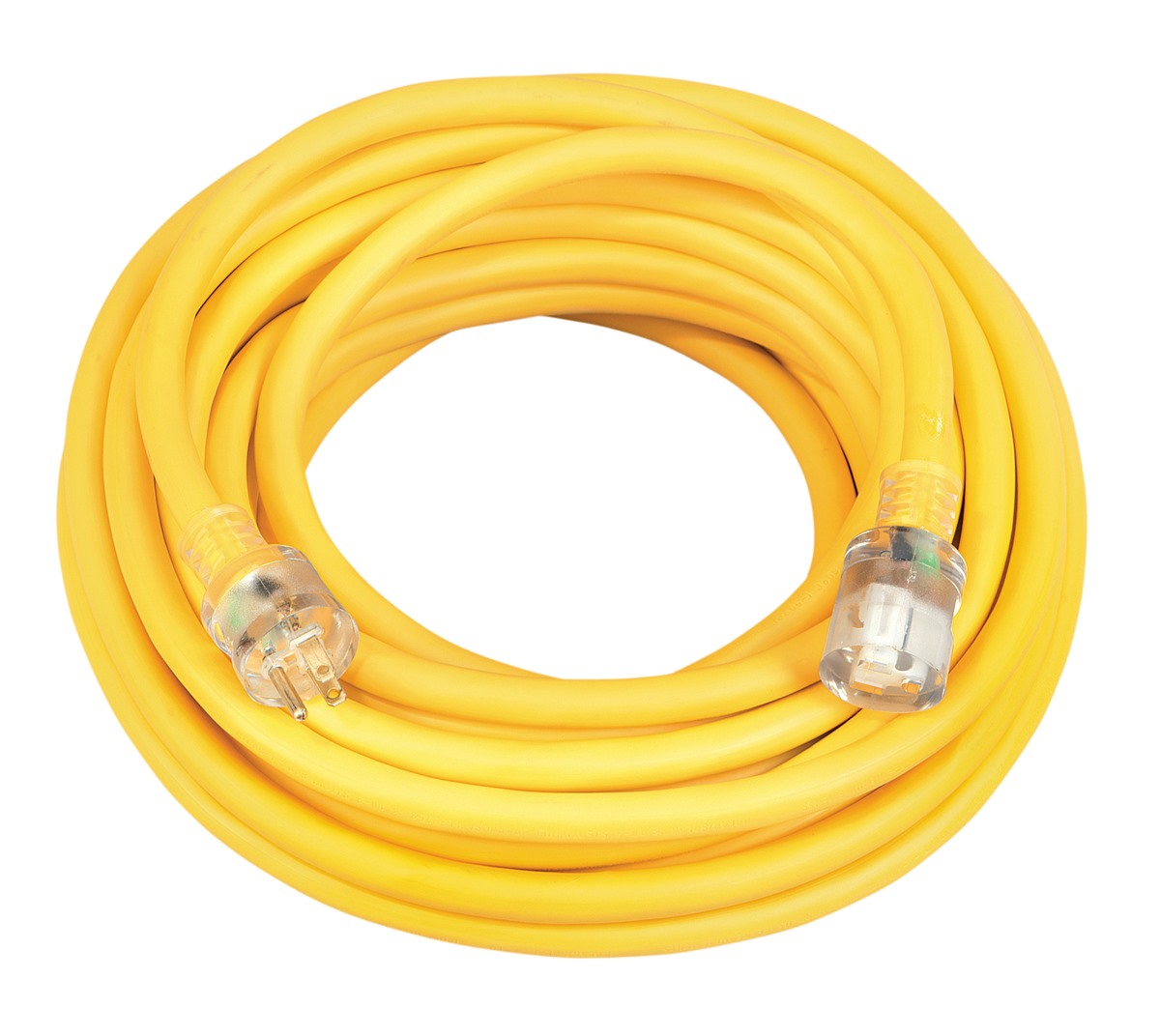
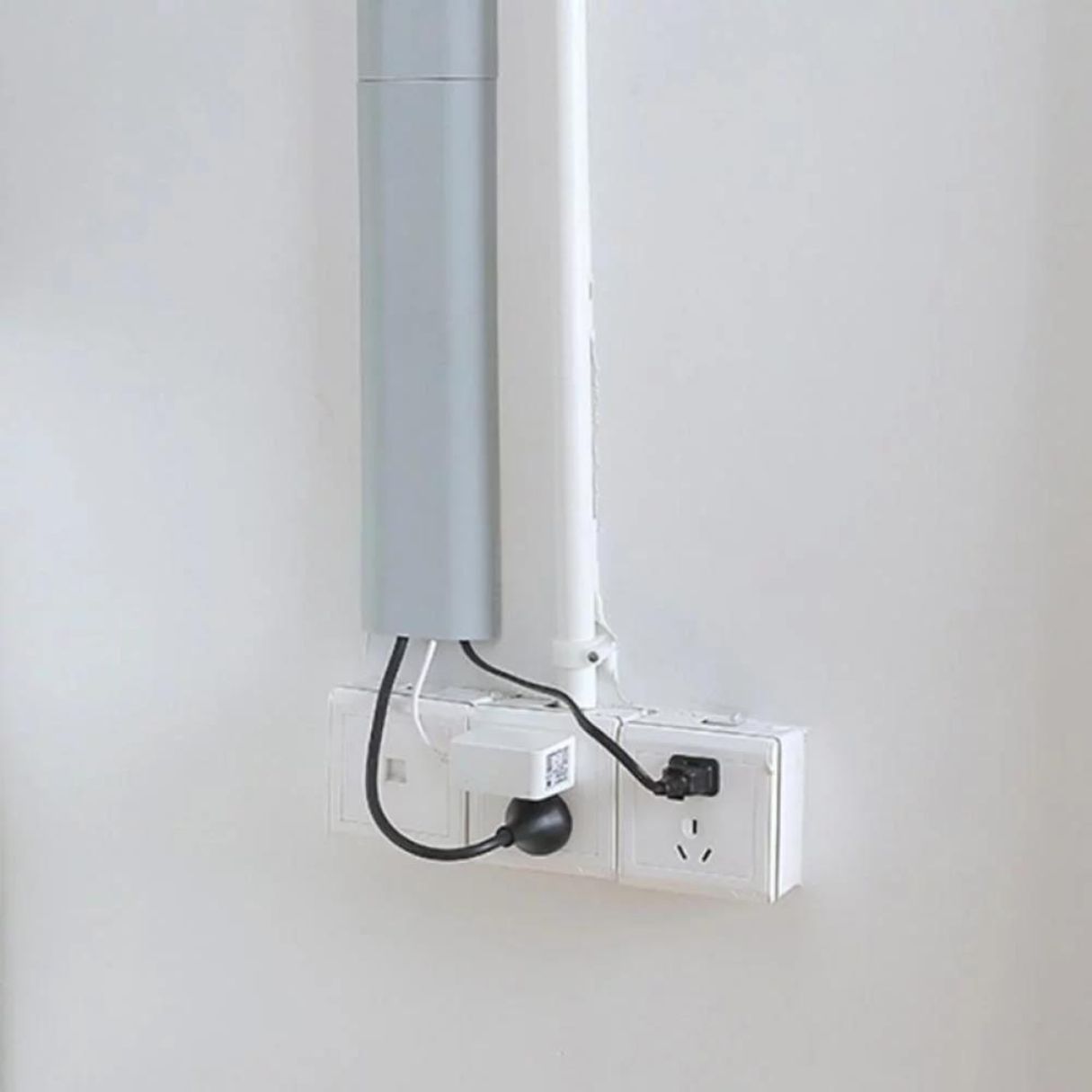
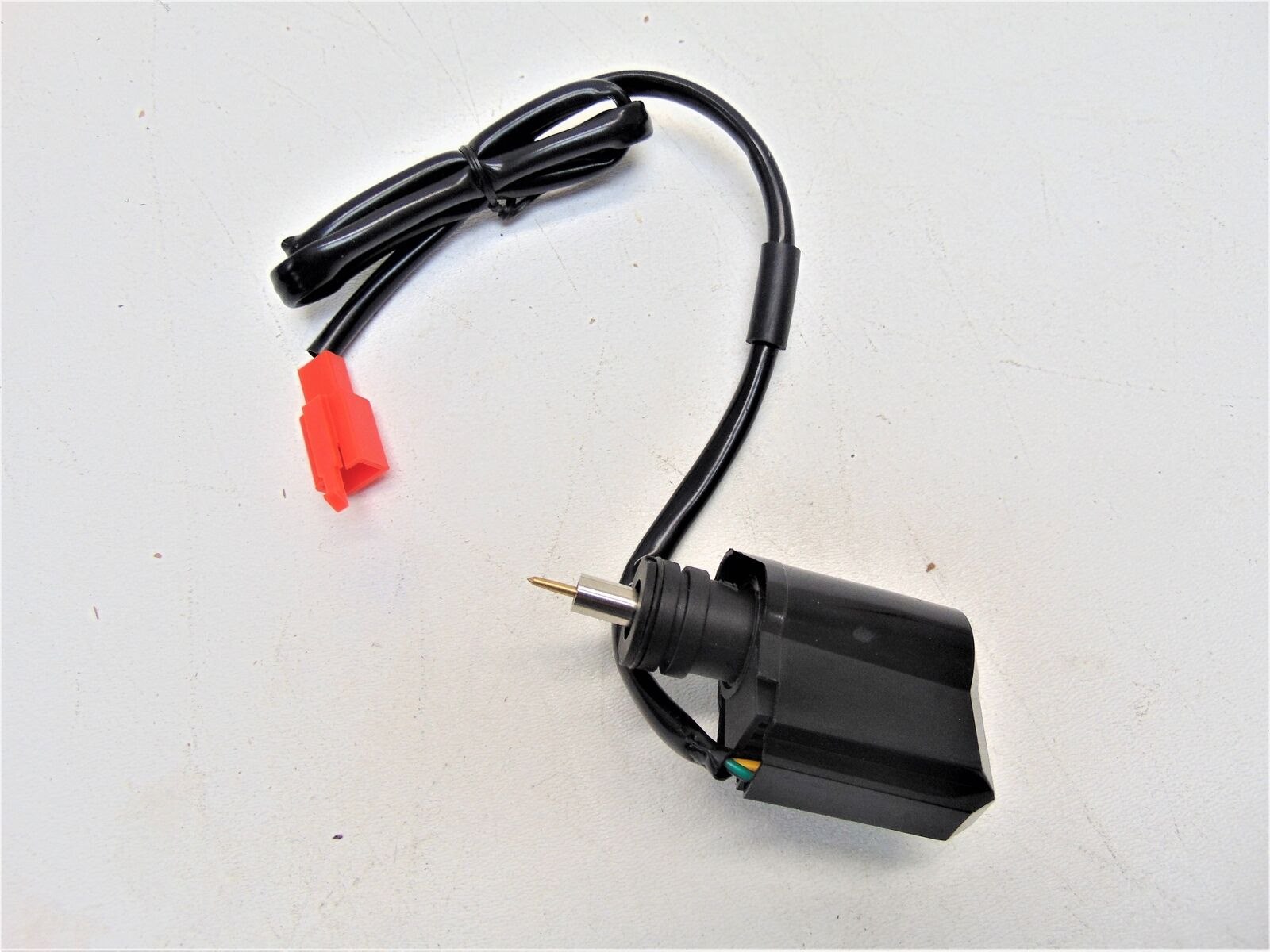
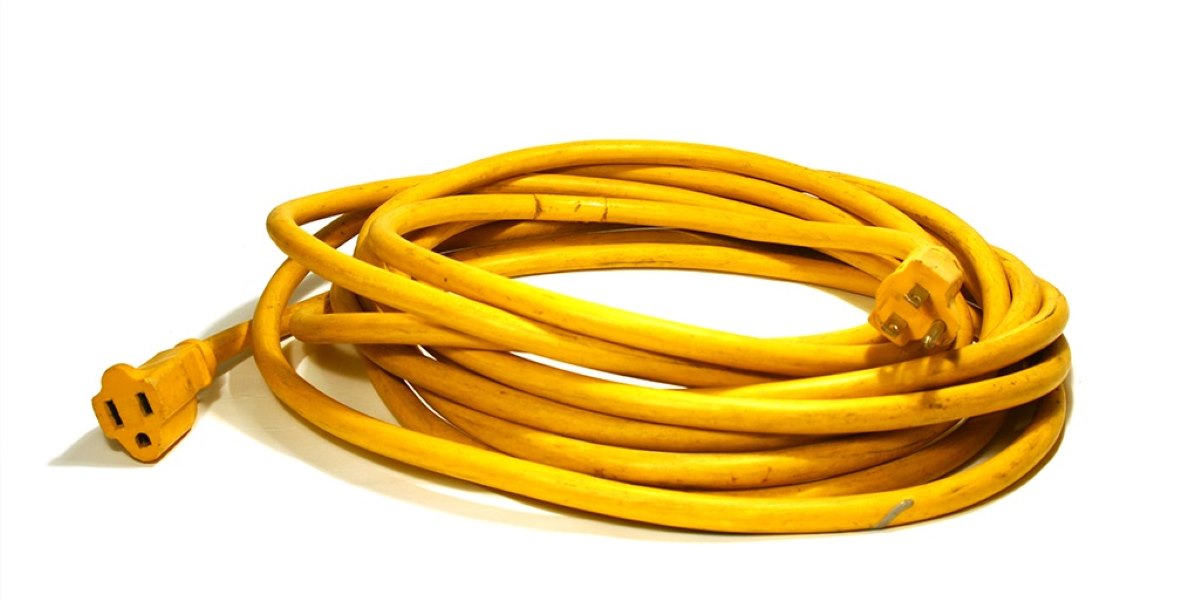
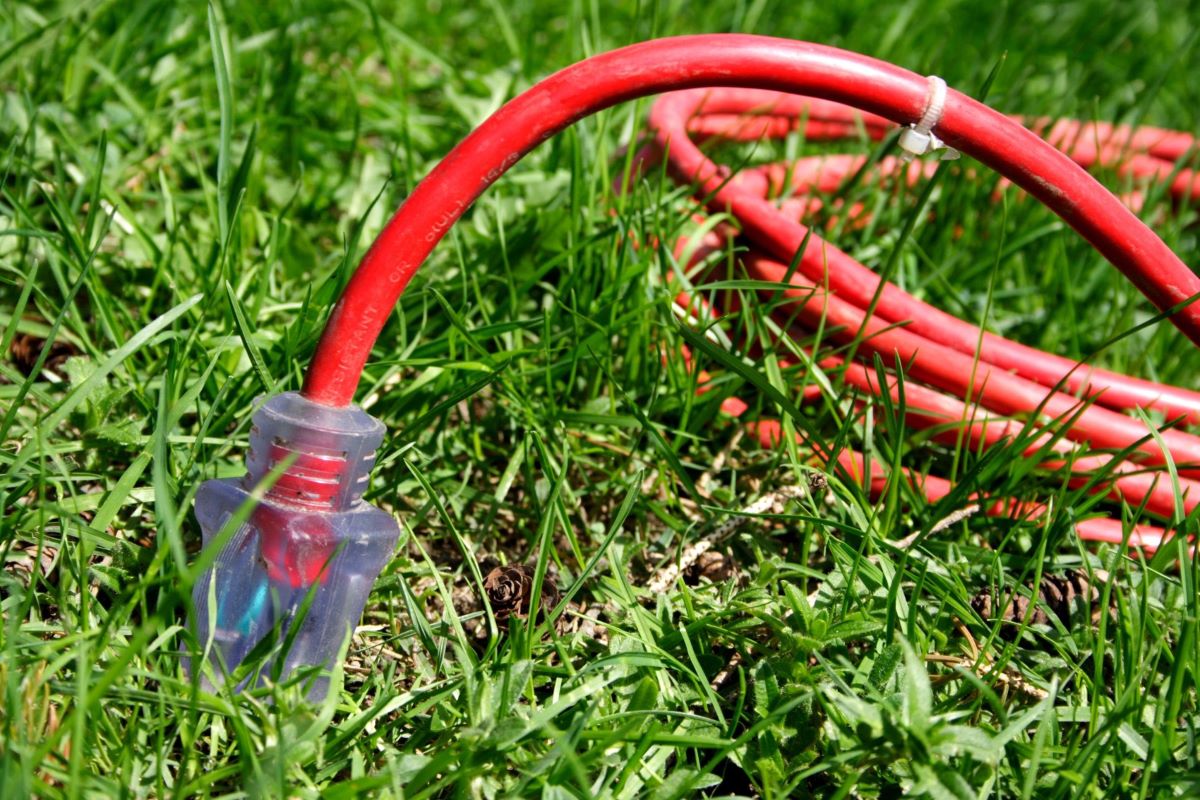
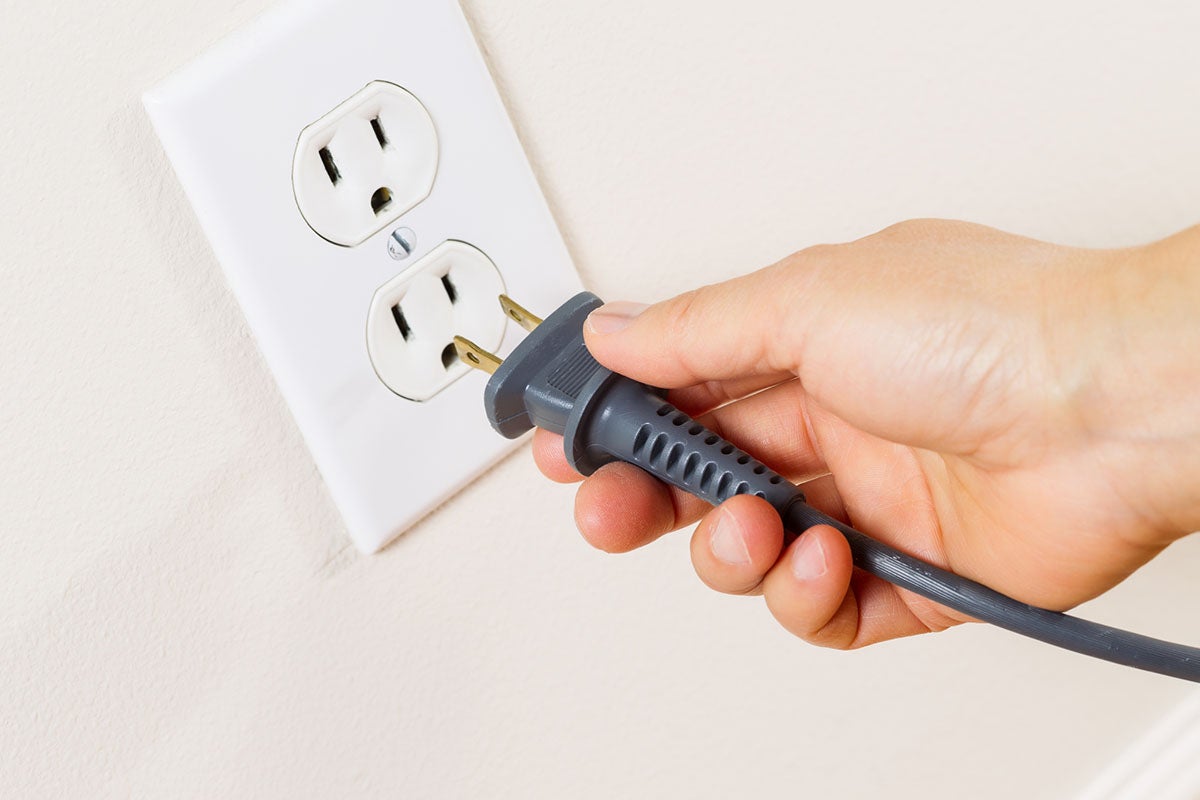
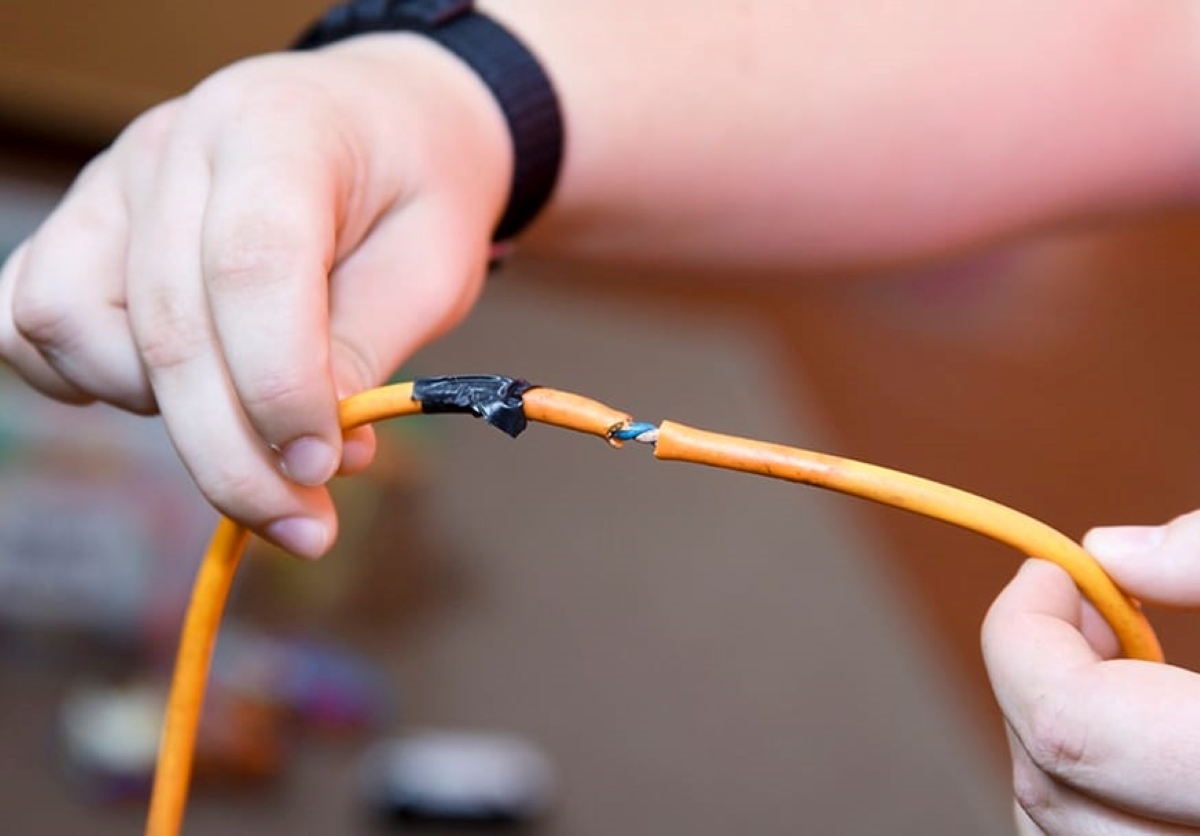
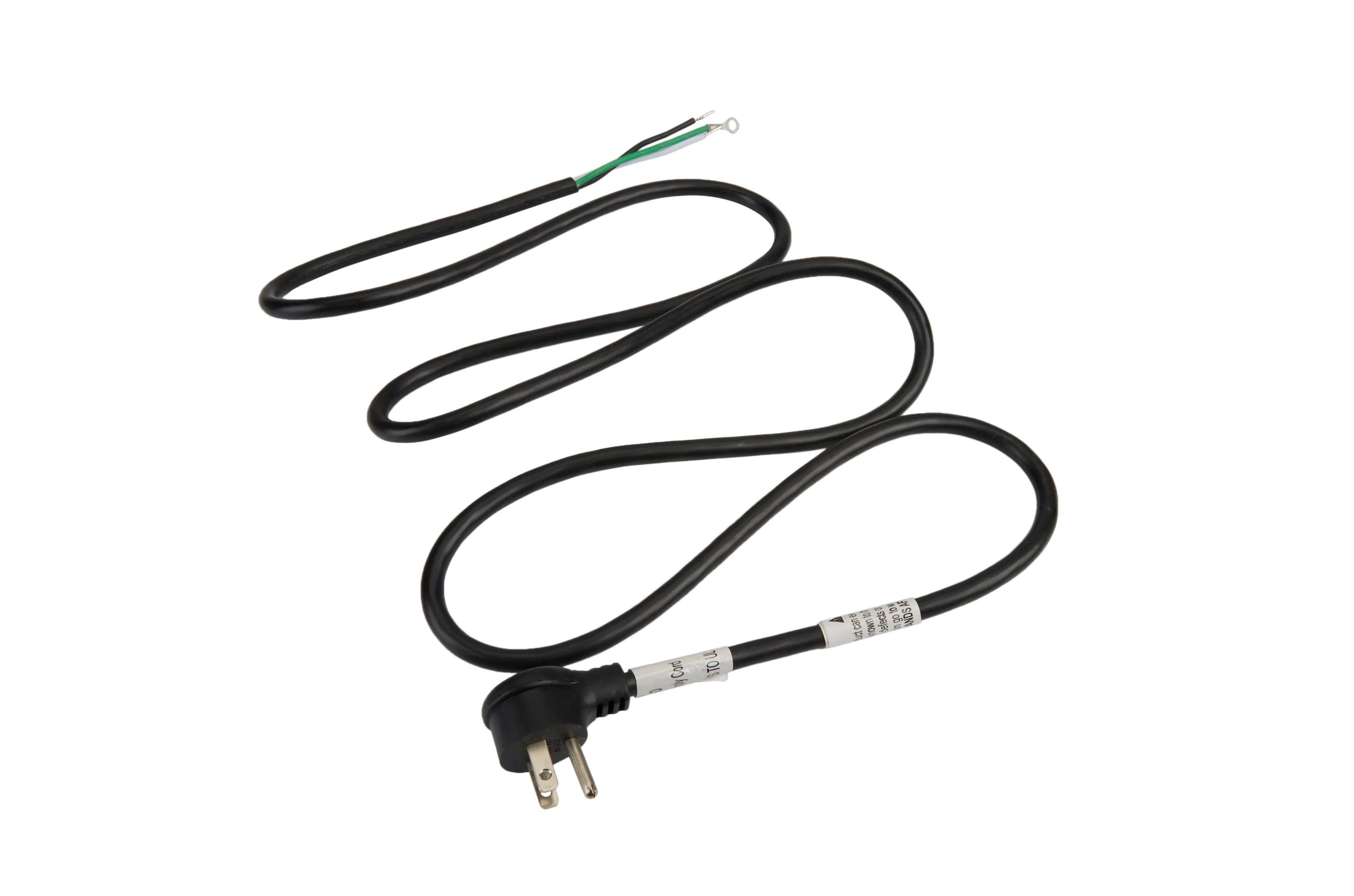
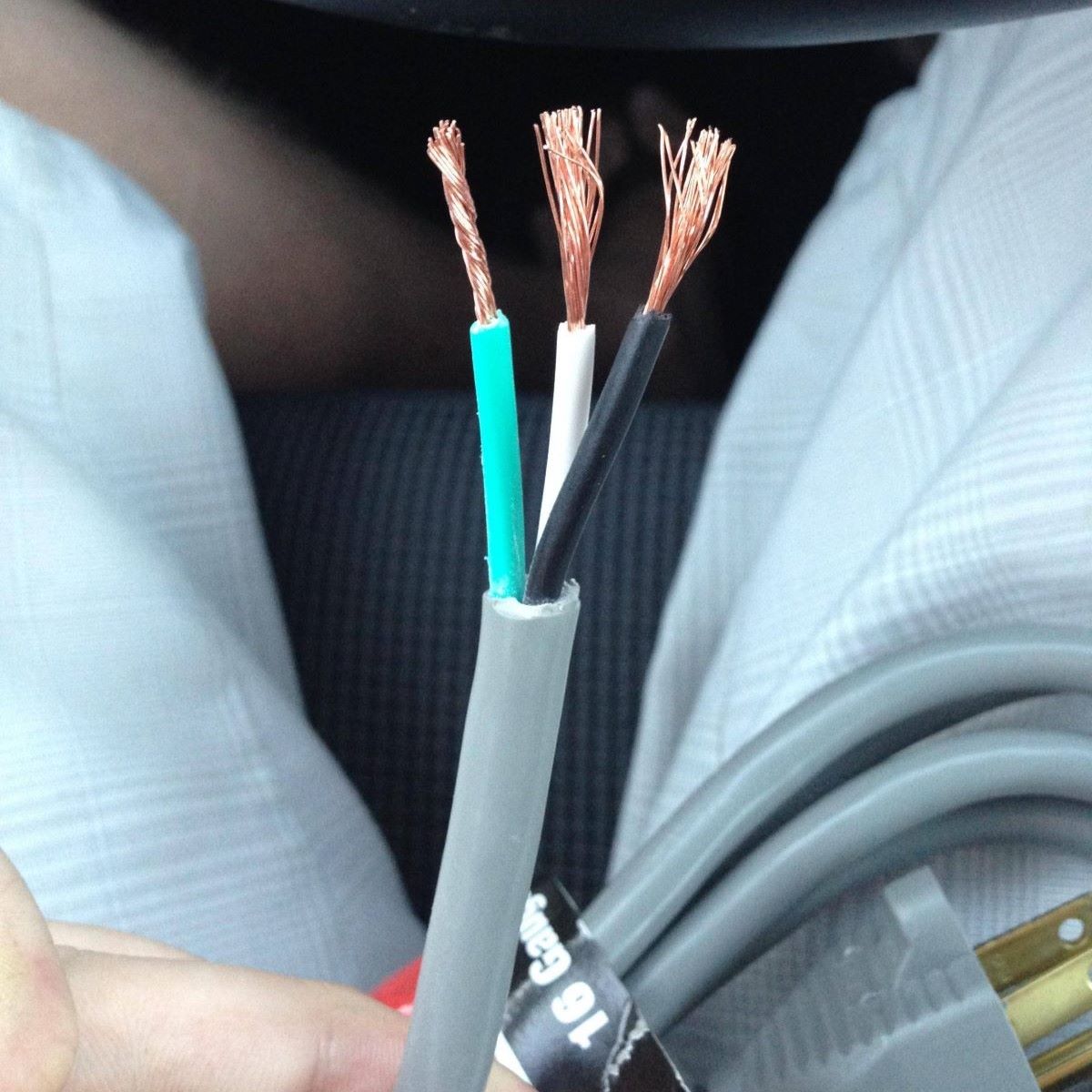
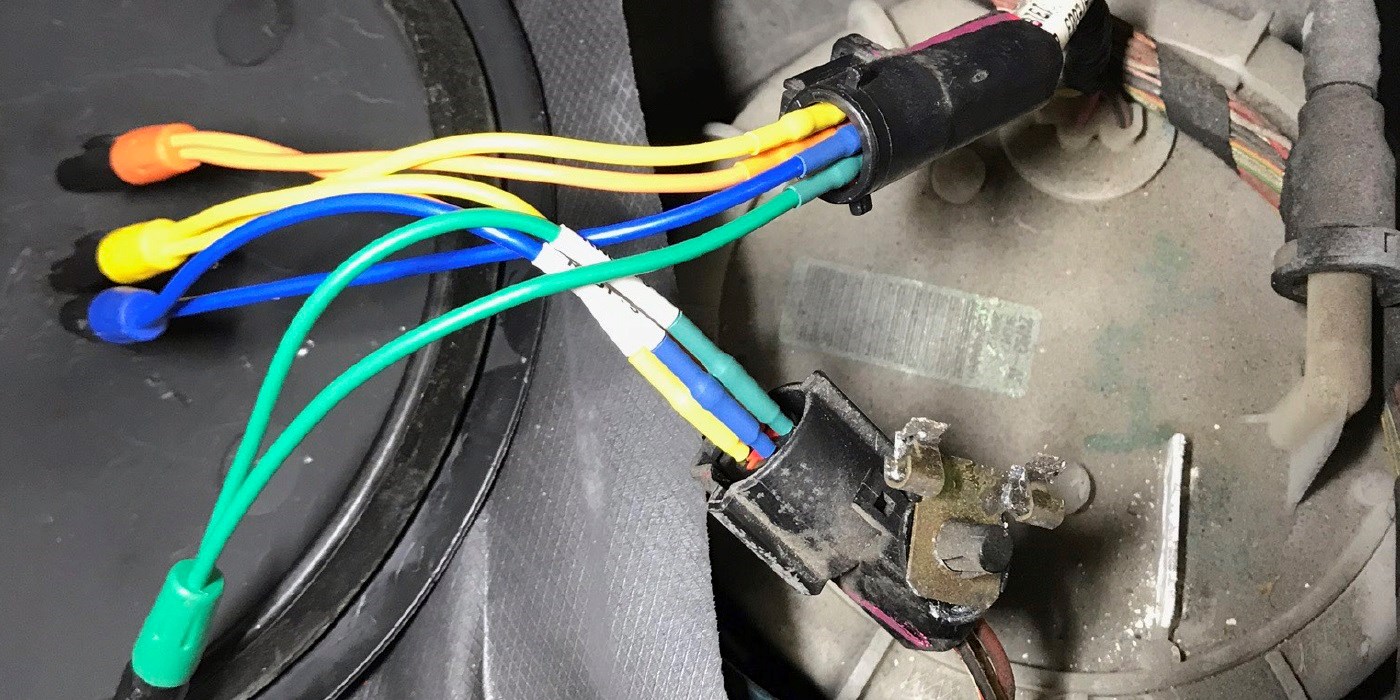
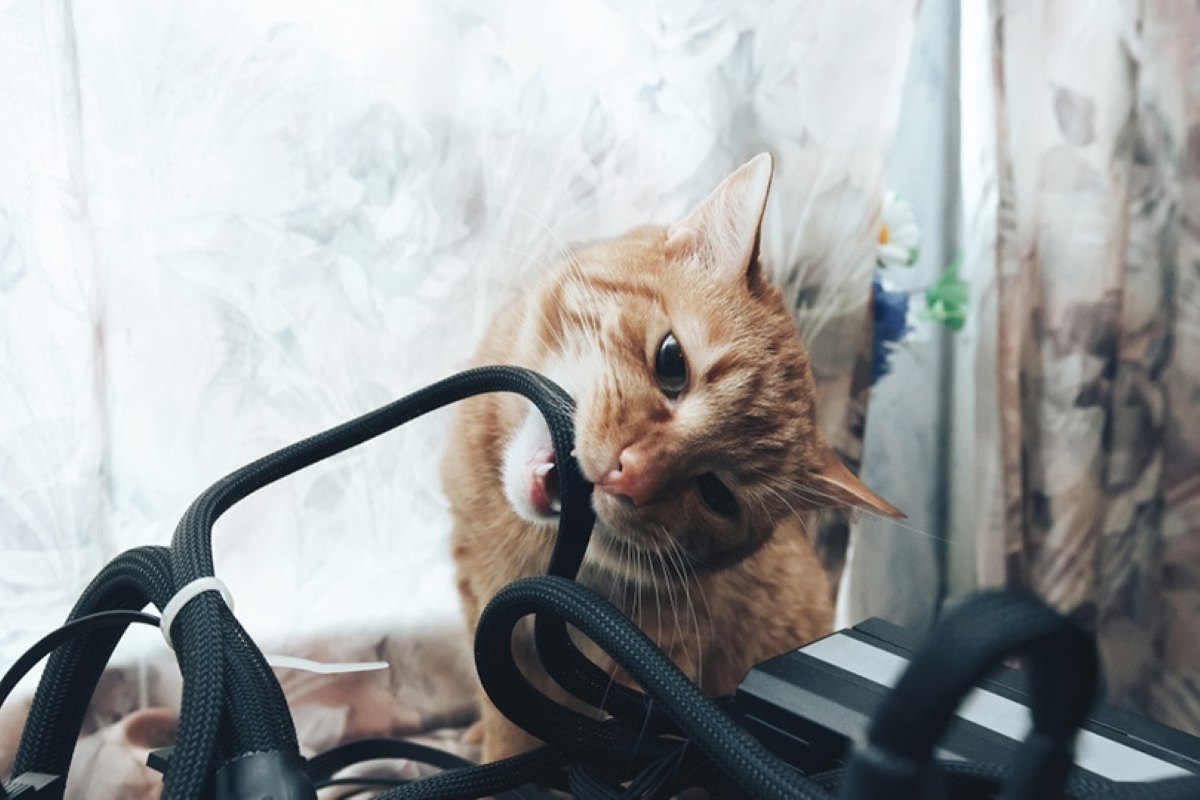

0 thoughts on “What Are Cloth Covered Electrical Cords”